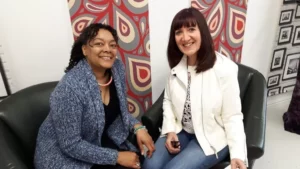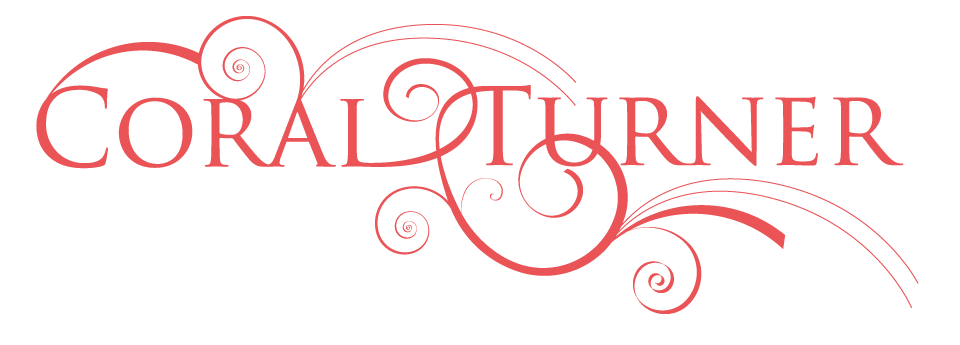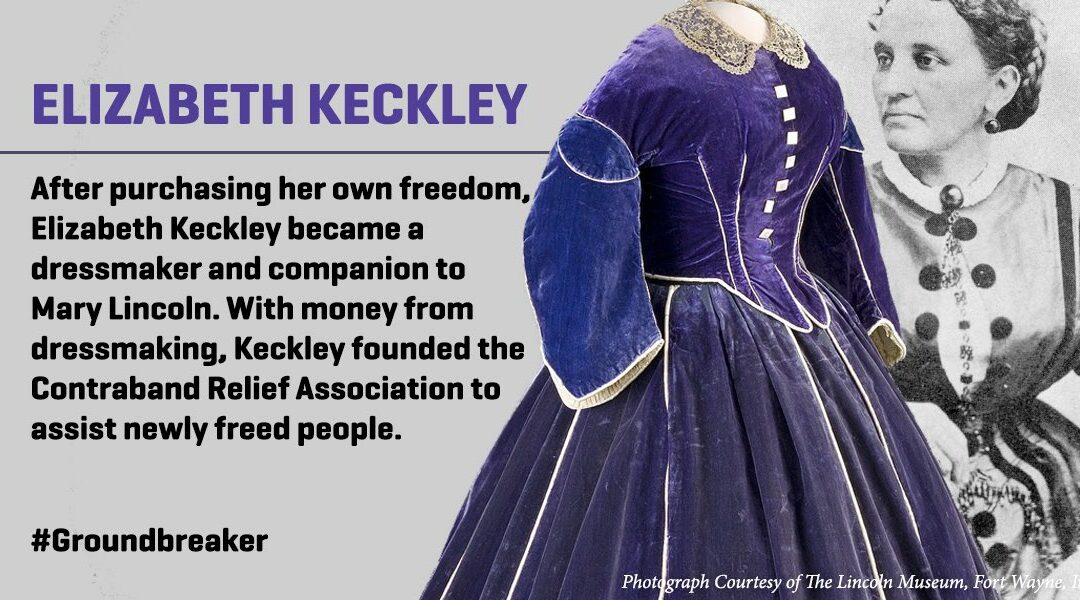I have a love of history, the way in which stories weave into our tapestry of life; I’ve been researching fellow black women in fashion, female designers, dressmakers, seamstresses to which history has passed by in fleeting conversation. However, to place their achievements under the banner of Black History Month does not do them justice.
One month out of twelve, in which all eyes focus on the ‘black experience’ and then its business as usual serves no-one; I am humbled as a designer when I reviewed the lives of three black women (this article focuses on two), their lives, and profession as seamstress, dressmakers and designers.
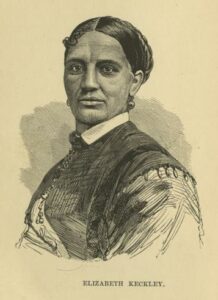 Starting with Elizabeth Keckley born a slave, in Virginia USA the daughter of slave parents; her sewing skills as a seamstress and dressmaker not only feed her ‘masters’ household (a terminology I find difficult to type) of 17 persons but would also pay for her freedom and that of her son. Elizabeth’s patrons as a dressmaker were the best dressed ladies of St Louis. An interesting note, a seamstress would be the person who sews the dress/garment and a dressmaker would be the equivalent of a designer, as the concept for the garment would be her idea with input from the client.
Starting with Elizabeth Keckley born a slave, in Virginia USA the daughter of slave parents; her sewing skills as a seamstress and dressmaker not only feed her ‘masters’ household (a terminology I find difficult to type) of 17 persons but would also pay for her freedom and that of her son. Elizabeth’s patrons as a dressmaker were the best dressed ladies of St Louis. An interesting note, a seamstress would be the person who sews the dress/garment and a dressmaker would be the equivalent of a designer, as the concept for the garment would be her idea with input from the client.
On 13th November in 1855 Elizabeth Keckley with the support of her patron clients purchased her freedom and that of her son for $1,200, which today would be $39,987.38; this irked me, ‘Elizabeth had to obtain consent to purchase herself’. As I sit here typing those words the magnitude of the sum involved, as well as obtaining consent to purchase ‘herself’ there is nothing that assists my mind into putting this into context for any time period.
Not only that Elizabeth insisted that the sum in question was a loan, and paid back in full, all who had supported her. That in itself is remarkable to me, but even moreso, Elizabeth on moving to Washington DC set up business as a dressmaker, designing and dressing famous society women.
An introduction to Mary Todd Lincoln would have Elizabeth spending four years in the White House, creating the ball gown the First Lady wore to her husband’s presidential inauguration. A dressmaker and confidant to Mary Todd Lincoln, designing and making day dresses to evening gowns, this during the period of the Civil War and thereafter Abraham Lincoln’s assassination. Some of Elizabeth Keckley’s garments can still be viewed today.
Dressmaker Inventors
 Sarah Boone, my friend Babs discovered this lady asking if I had heard of her; no I did not. Sarah Boone born 1832 in North Carolina USA, again the daughter of enslaved parents Sarah eventually earned her freedom. In the area she lived it was illegal to teach slaves to read and write however in her late 40’s Sarah would overcome that unfavourable condition using it for her advancement. Sarah worked as a dressmaker, but that’s not all; dressmakers at the time were ironing their clothes on a wooden plank placed across two chairs, I can see how this would work, but also not effectively. However Sarah Boone would go onto invent a narrow curved board, which you could slip garments over, this wooden board was padded so as not to leave the impression of the wood, and it was collapsible for easy storage.
Sarah Boone, my friend Babs discovered this lady asking if I had heard of her; no I did not. Sarah Boone born 1832 in North Carolina USA, again the daughter of enslaved parents Sarah eventually earned her freedom. In the area she lived it was illegal to teach slaves to read and write however in her late 40’s Sarah would overcome that unfavourable condition using it for her advancement. Sarah worked as a dressmaker, but that’s not all; dressmakers at the time were ironing their clothes on a wooden plank placed across two chairs, I can see how this would work, but also not effectively. However Sarah Boone would go onto invent a narrow curved board, which you could slip garments over, this wooden board was padded so as not to leave the impression of the wood, and it was collapsible for easy storage.
Yes, I am talking about the ironing board, this I did not know, it makes me look at this piece of equipment that assists my work on so many levels with totally different eyes. Sarah would later apply for a patent for her new modernised ironing board in 1891 and was awarded the patent on 26th April 1892; I have calculated that she would have been 60 years old.
Absolutely incredible this woman who would overcome so much from birth, being denied access to education, subjugated to all manners of social horrors, using her sewing skills to create a life for herself and family would go onto be an inventor. However a moot point for me is that I cannot find any evidence that she achieved commercial success, benefitting financially for what is now a staple household item, the ironing board. Sarah Boone, one of the first African American women to earn the distinguished title as an inventor, with a US Patent under her belt!
Why have I focused on these particular American designers/dressmakers?
Well apart from their amazing stories of courage, resilience, providing inspiration for us all; on their shoulders, I stand. My grandmother was also a dressmaker entrepreneur in her parish of Manchester (not the rainy one up North in the UK which I am from) but, Mandeville Jamaica (where there is constant sunshine and little rain). My grandmother owned a sewing business, employing several seamstresses.
I recently learned that 80% of sewing is made by women of colour be it mass production garments in factories, to sole traders, dressmakers, seamstresses and fashion designers, yet there is very little media attention that brings their work and contributions in the fashion industry to the forefront. So here I am sharing their stories, ‘Black Women in Fashion’ my next portrait of a dressmaker is Ann Lowe from the USA.
I would also love to learn more about black women in fashion worldwide as well as the United Kingdom, share your knowledge in the comments section, it will be most appreciated.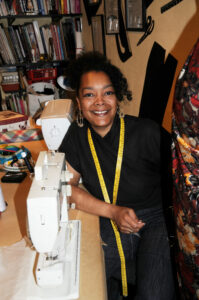
To read more about Elizabeth Keckley the book ‘Behind the Scenes or Thirty Years a Slave, and Four Years in the White House’ https://www.amazon.co.uk/Behind-Scenes-Thirty-Years-Slave/dp/1684221129
Sarah Boone website The Biography.com https://www.biography.com/inventor/sarah-boone
Thanks also to Barbara Munro Donnelly a creator and inventor in her own rights.